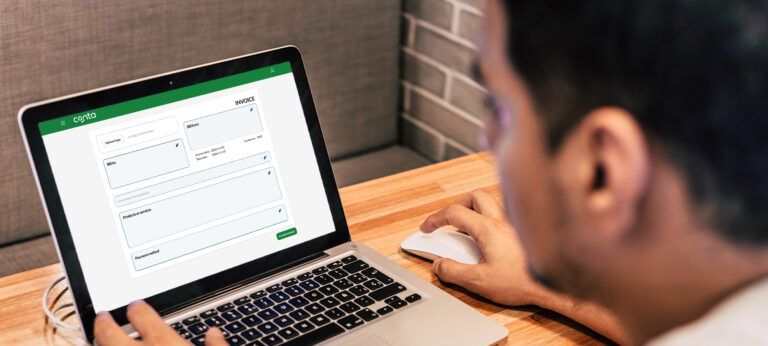A lot of countries require companies to invoice with value-added tax (VAT). VAT is a tax your company adds when selling goods or services. In this article we’ll take a look at what that means.
Most businesses in countries that operate with value-added tax, have to register in a VAT register. When you’re registered, you have to include value-added tax on all invoices, even on invoices you send to private individuals or companies who aren’t registered.
VAT is not money you earn even though it is included in your outgoing invoices: You claim value-added tax on what you sell, and reclaim value-added tax you have paid to other companies. If you’ve earned more VAT than you have paid, you’ll have to pay the surplus to the government. Similarly, if you’ve paid more VAT than you’ve earned, you get a refund from the government.
Who has to invoice with VAT?
Value-added tax is used by more than 170 countries all over the world – not including the United States – and is added to goods or services at each stage of the supply chain. All countries in the EU have to include VAT on their invoices.
Some countries, for example India and Australia, use a similar tax called goods and service tax (GST).
Not all countries operate with value-added tax. However, there are often other tax rules in those countries. There is no value-added tax in the United States, instead they have a tax rate that varies between 2,9 and 7,25 percent.
See a list of VAT rates in all countries.
How to pay VAT
Different countries have different ways for you to pay and report value-added tax, and it also varies how often you have to do this.
However, in most countries you have to fill out a report or export a statement from your accounting software, showing the value-added tax you’ve collected and paid. This report will show if you owe the government money or they owe you. If you owe the government money, you’ll receive an invoice. Remember that if you owe VAT it means you’re actually making money!
Value-added tax on international invoices
Are you going to send invoices across borders?
Most sale of services and goods outside your country are considered export. Export is exempt from VAT. However, there are some exceptions. For example, EU businesses have to pay value-added tax on services and goods imported and exported within the EU. It can vary from country to country, but in general the rate is between 15 and 27 percent. If you’re unsure, do some research on what rules apply to export and import in your country. It’s your company’s responsibility to know the rules before you do business across borders.
If you receive an international invoice with VAT included, make sure to check if that’s something you can write off in your accounting.






